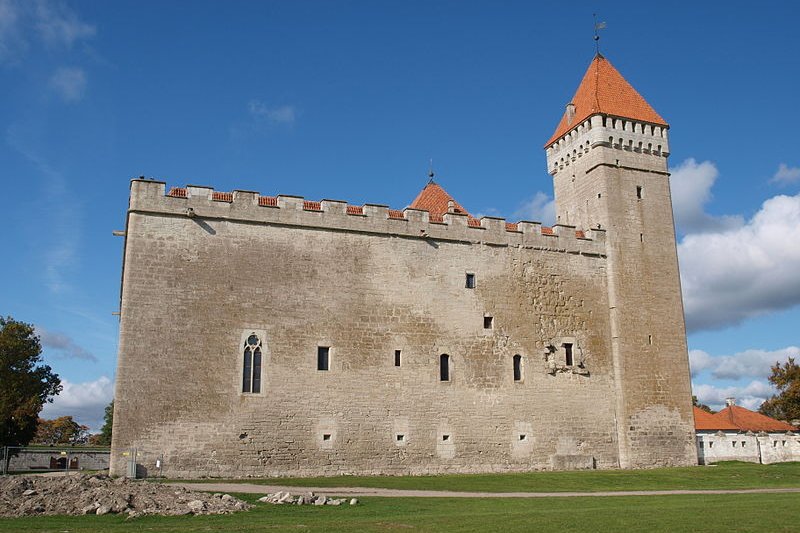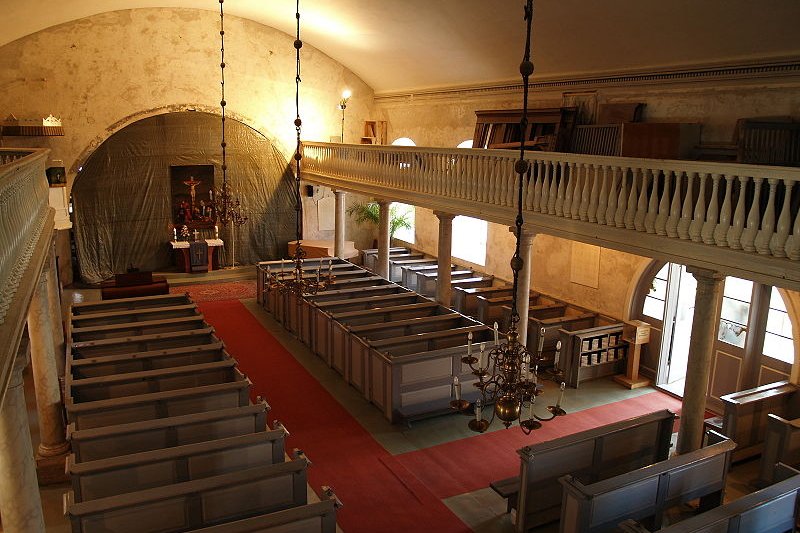 Kuressaare Castle, Estonia
Kuressaare Castle, EstoniaSource: https://commons.wikimedia.org/wiki/File:Kuressaare_linnus_(vaade_hoovist).jpg
Author: Taavo Roos

Kuressaare is a town on the southern part of the island of Saaremaa in Estonia. It is also the capital of Saare County. The town covers 14.95 sq km (5.77 sq mi) and has a population of around 15,000 people (2011 estimate). Historically known as Arensburg, meaning "eagle fortress", it was renamed Kuressaare after Estonia declared its independence from Bolshevist Russia in 1918.
The history of Kuressaare goes back to 1154. The town castle was first mentioned in 1381. The town itself developed around this castle and initially took its name. In 1542, the bishop Johann von Münchhausen converted to Protestant faith, sold his land to King Frederick II of Denmark, and returned to Germany. King Frederick II then sent his younger brother Prince Magnus to Kuressare to be the new bishop.
Kuressaare became part of Denmark in 1572. Then in 1645 it came under the rule of Sweden, after Denmark was defeated in the Torstenson War. An attack by Russia in 1710 greatly devastated the town, which was also hit by a plague shortly after. Sweden then abandoned it, and it was absorbed into the Russian Empire in 1721, and became part of Estonia.
 The interior of St Lawrence's Church, Kuressaare
The interior of St Lawrence's Church, KuressaareSource: https://commons.wikimedia.org/wiki/File:Kuressaare's_St._Lawrence's_church_interior.JPG
Author: Ivo Kruusamägi

Visiting Kuressaare
You can fly to Kuressaare from Tallinn and Stockholm.Places of Interest in Kuressaare
- Kuressaare Castle
The fortress that gave Kuressaare its old name, today still having been restored and preserved.
 Latest updates on Penang Travel Tips
Latest updates on Penang Travel Tips
 Map of Roads in Penang
Map of Roads in Penang
Looking for information on Penang? Use this Map of Roads in Penang to zoom in on information about Penang, brought to you road by road.
Copyright © 2003-2025 Timothy Tye. All Rights Reserved.

 Go Back
Go Back